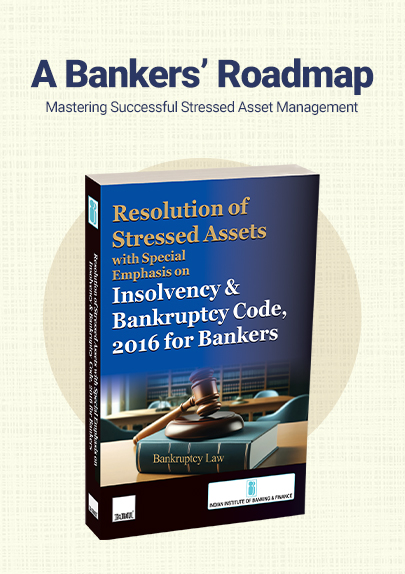AA Directs Respondent-Co. to Pay Applicant for Shares That Were Fraudulently Transferred to Other Shareholders
- News|Blog|Company Law|
- 2 Min Read
- By Taxmann
- |
- Last Updated on 12 December, 2024
Case Details: Ramkishore Boob v. Mishtann Foods Ltd. - [2024] 168 taxmann.com 685 (NCLT-Ahd.)
Judiciary and Counsel Details
- Shammi Khan, Judicial Member & Sameer Kakar, Technical Member
-
Manoj Kumar Mishra, Adv. for the Petitioner.
-
Vishal Dave, Ms Sejal Palan & Nipun Singhavi, Advs. for the Respondent.
Facts of the Case
In the instant case, the applicant and his father were jointly holding 4100 shares of the respondent company. The applicant filed an application under section 59 of the Companies Act 2013, for the transmission of shares in his name on the death of his father.
In reply, the company stated that neither the applicant nor his father were shareholders of the company. It was further stated that the NCLT had no jurisdiction to hear matter of fraud and title of shares.
It was noted that the applicant had produced original share certificates, and the respondent had not denied that these were original certificates. Further, despite several opportunities given to the respondent company, no record of transfer/transmission of impugned 4100 shares was produced by respondent No. 1 company.
NCLT Held
The NCLT observed that sufficient evidence had been placed by the applicant to conclude that there was fraud played by new management/old management of the company. Further, since, for the first time, the cause of action arose in the year 2018/2019, and an instant application was filed on 1-2-2019, the instant application was within limitation.
The NCLT held that the shares had been fraudulently transferred, but due to negligence/inaction on the part of respondent No. 1 company, shares could not have been transferred.
Further, the NCLT held that, considering that respondent No. 1 company had been squarely at fault in effecting registration of transfer in the name of other shareholders and that a shareholder could not suffer on account of the same, it was considered appropriate to direct respondent No. 1 company to pay the price of impugned shares to the petitioner.
List of Cases Reviewed
- Chalasani Udaya Shankar v. Laxus Technologies (P.) Ltd. [2024] 166 taxmann.com 267 (SC) (para 19)
- Sham Sunder Kukreja v. Hindustan Lever Ltd. [2002] 38 SCL 505 (Mum). (para 35) followed.
Disclaimer: The content/information published on the website is only for general information of the user and shall not be construed as legal advice. While the Taxmann has exercised reasonable efforts to ensure the veracity of information/content published, Taxmann shall be under no liability in any manner whatsoever for incorrect information, if any.

Taxmann Publications has a dedicated in-house Research & Editorial Team. This team consists of a team of Chartered Accountants, Company Secretaries, and Lawyers. This team works under the guidance and supervision of editor-in-chief Mr Rakesh Bhargava.
The Research and Editorial Team is responsible for developing reliable and accurate content for the readers. The team follows the six-sigma approach to achieve the benchmark of zero error in its publications and research platforms. The team ensures that the following publication guidelines are thoroughly followed while developing the content:
- The statutory material is obtained only from the authorized and reliable sources
- All the latest developments in the judicial and legislative fields are covered
- Prepare the analytical write-ups on current, controversial, and important issues to help the readers to understand the concept and its implications
- Every content published by Taxmann is complete, accurate and lucid
- All evidence-based statements are supported with proper reference to Section, Circular No., Notification No. or citations
- The golden rules of grammar, style and consistency are thoroughly followed
- Font and size that’s easy to read and remain consistent across all imprint and digital publications are applied





 CA | CS | CMA
CA | CS | CMA


